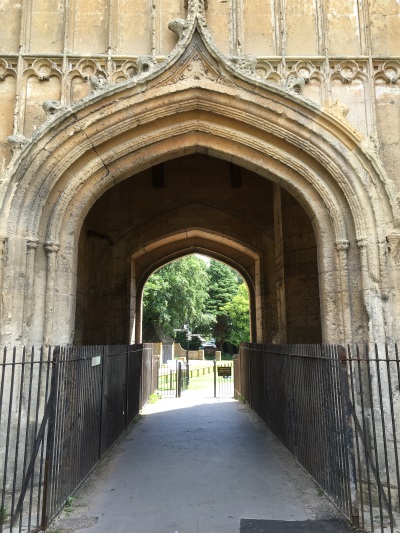 A new engineering technique that could help to preserve historic stone buildings and bridges has been developed by researchers at the University of Sheffield.
A new engineering technique that could help to preserve historic stone buildings and bridges has been developed by researchers at the University of Sheffield.
image: for illustration only – Joanna Theobald
University of Sheffield writes:
- University of Sheffield researchers have developed a new method for assessing the safety of stone and brick constructions
- New technique could help to preserve historic structures – from medieval cathedrals and Victorian railway viaducts to smaller constructions – so they can be used for future generations
- Engineers have been using a centuries-old method for assessing the safety of stone and brick masonry, but University of Sheffield engineers have now built on the technique, initially developed by a famous scientist in the 1600s, to make it more accurate and reliable
- Researchers have developed open source software that, with further development, will allow practicing engineers and architects to assess the safety of stone and brick masonry constructions using the new technique
A new engineering technique that could help to preserve historic stone buildings and bridges has been developed by researchers at the University of Sheffield.
The method, developed by a team of researchers from the University’s Department of Civil and Structural Engineering, provides a new, more accurate way of assessing how stone and brick masonry constructions – including medieval cathedrals and Victorian railway viaducts – can safely carry applied forces.
This new approach could mean that more masonry structures are restored and used long into the future, rather than demolished and replaced.
Since the late 1600s, engineers have used the ‘thrust line method’ to assess the safety of masonry buildings and bridges, developed by famous scientist Robert Hooke. However, the traditional thrust line method has limitations. For example, it requires an engineer to exercise careful judgement when assessing the safety of masonry constructions containing openings and also neglects the possibility of failure due to sliding. Furthermore, it is often not clear which areas of masonry are required to possess some tensile capacity – the ability to be stretched or pulled before breaking.
The approach developed at Sheffield overcomes these limitations and can be applied to masonry constructions of any geometry, with or without openings. The method also explicitly identifies regions in structures where some tensile capacity is needed.
The technique, called thrust layout optimization, is a natural extension to the famous model of masonry Hooke devised in 1675, offering valuable new insights into the behaviour of masonry constructions. The researchers have also developed open source software that, with further development, will allow practicing engineers and architects to assess the safety of stone and brick masonry constructions.
